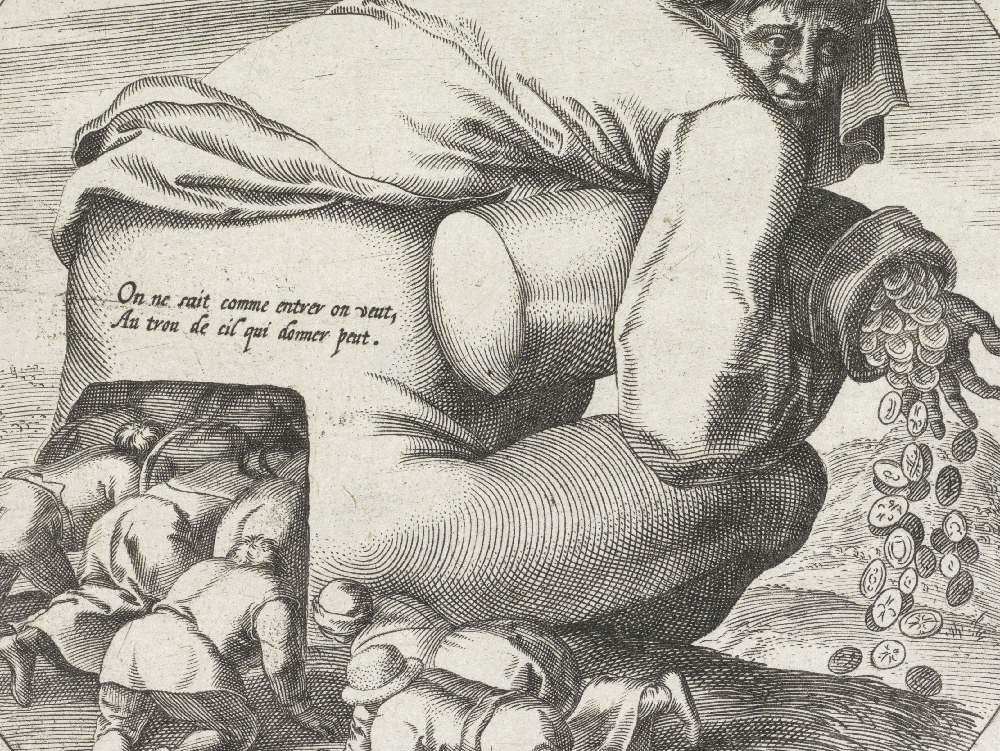
Haunted by Pieter Bruegel the Elder, these visualisations of proverbs look backward to uncertain origins.
This is just an automatic copy of Public Domain Review blog.

Haunted by Pieter Bruegel the Elder, these visualisations of proverbs look backward to uncertain origins.
Source: https://publicdomainreview.org/collection/wierix-flemish-proverbs

Photographs of tattoos by Sutherland Macdonald, Victorian England’s first professional tattoo artist.
Source: https://publicdomainreview.org/collection/sutherland-macdonald-tattoos

What can we learn from observing the progression of spring — a hawthorn’s first flowering, the return of birdsong on a particular day? Hugh Aldersey-Williams explores the lifelong calendrical project of Robert Marsham, the Norfolk naturalist considered Britain's first phenologist.
Source: https://publicdomainreview.org/essay/from-snowdrop-to-nightjar

Set of spectacular engravings of insects and their floral abodes — one of the first natural histories of Suriname.
Source: https://publicdomainreview.org/collection/merian-metamorphosis

Britain's first clay animation film imagines a malleable substance spontaneously giving rise to manifold forms.
Source: https://publicdomainreview.org/collection/animated-putty

An English translation of an influential 16th-century Italian etiquette guide. Its proposition is simple but difficult to get right: politeness is the art of pleasing others.
Source: https://publicdomainreview.org/collection/galateo

When Georgiana Houghton first exhibited her paintings at a London gallery in 1871, their wild eddies of colour and line were unlike anything the public had seen before — nor would see again until the rise of abstract art decades later. But there was little intentionally abstract about these images: Houghton painted entities she met in the spirit regions. Viewing her works through the prism of friendship, loss, and faith, Jennifer Higgie turns overdue attention on an artist neglected by historians, a visionary who believed that death was not the end, merely a new distance to overcome.
Source: https://publicdomainreview.org/essay/the-substantiality-of-spirit

A type of woodblock print known as namazu-e, these images involve a myth that earthquakes were caused by the movements of a great catfish.
Source: https://publicdomainreview.org/collection/earthquakes-in-japanese-woodblock-prints

The oldest American children's book still in print, Wanda Gág's classic opens onto surprisingly political themes.
Source: https://publicdomainreview.org/collection/millions-of-cats

Eleven lithographs of Java from drawings by an eccentric Dutch colonial explorer who believed elevation equals greatness.
Source: https://publicdomainreview.org/collection/junghuhn-java-album